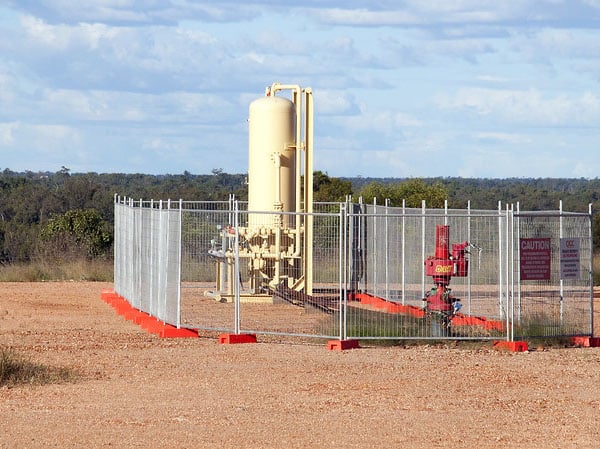Hydrostatic Testing for Moduli (Ei)
This test is used to determine the relative stiffness of rock fragments or core in three axes. The test involves fitting the rock sample with three strain gauge rosettes. It is then cast in silicone and is hydrostatically loaded. The analysis is based on the assumption that one of these axes is in the direction of a principal value of Young’s modulus and that the core behaves in an orthotropic manner. The analysis cannot on its own be used to determine absolute values of Young’s moduli and Poisson’s ratios, as these cannot be separated. If a value of Poisson’s ratio can be estimated then the values of Young’s moduli can be calculated. Where the hydrostatic test is used in combination with uniaxial testing, so that the value of the Axial Young’s modulus is measured, the other moduli and the values of Poisson’s ratios can be determined. Where the core is non-linear or exhibits high Poisson’s ratios, the analysis becomes complex and uncertain. The test method is particularly useful to evaluate the moduli of rock fragments or odd shaped samples such as hollow overcore samples. In the latter case the sample is also uniaxially tested.




















